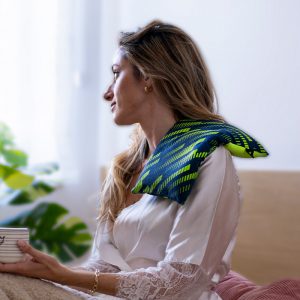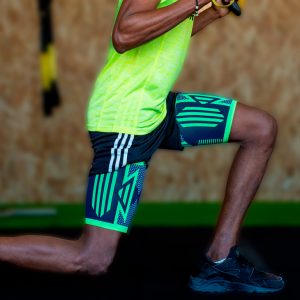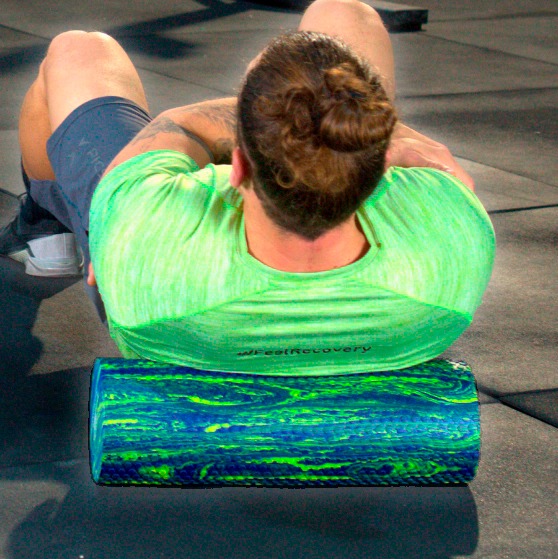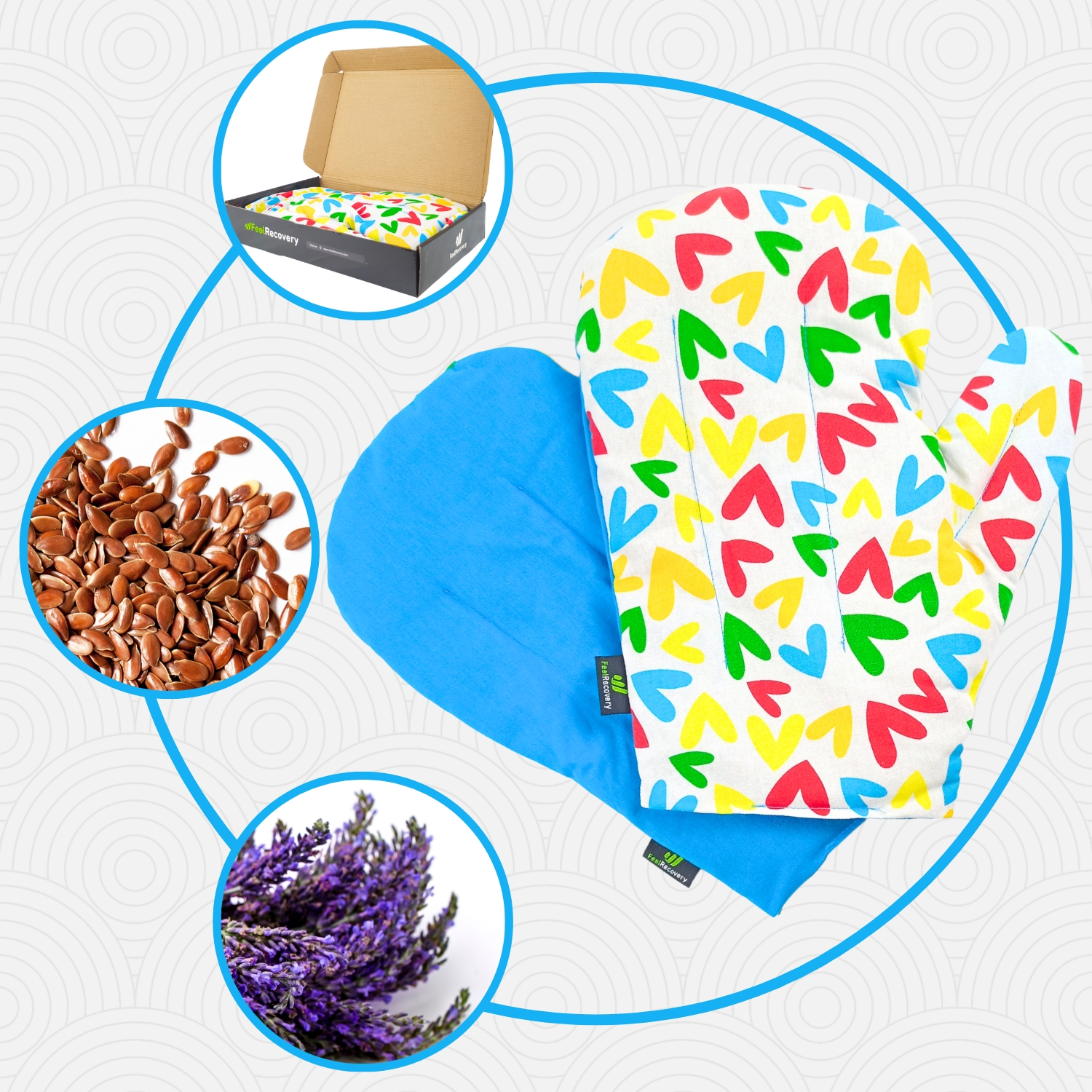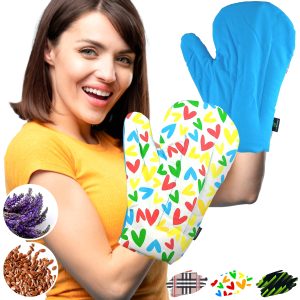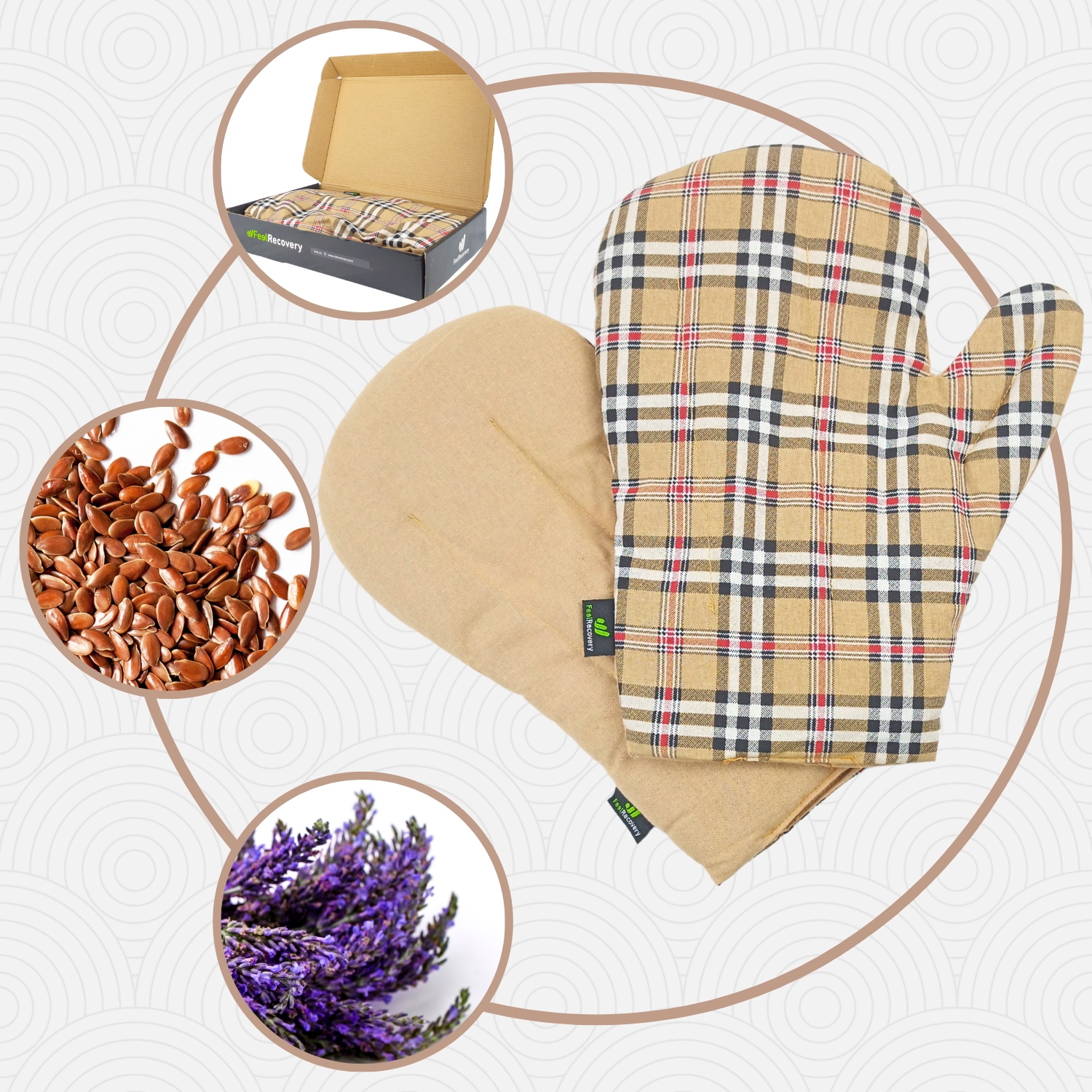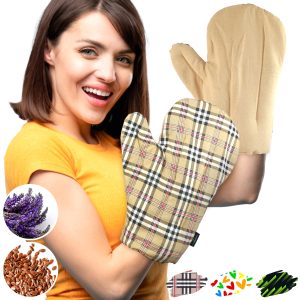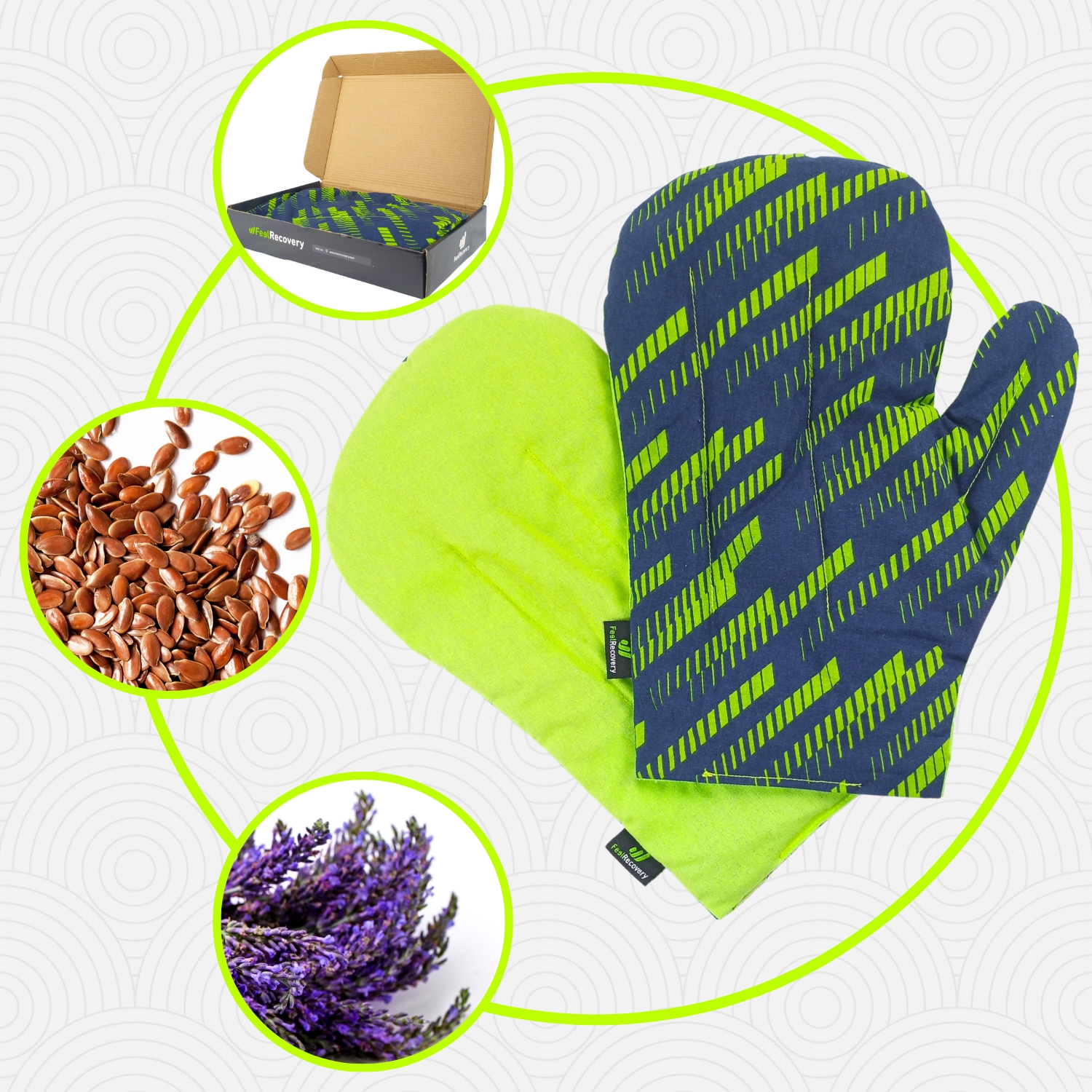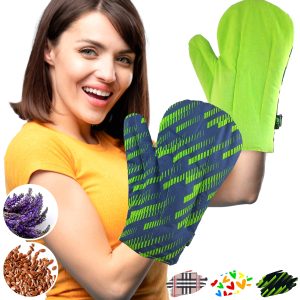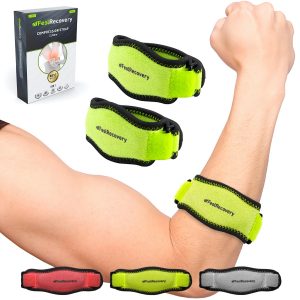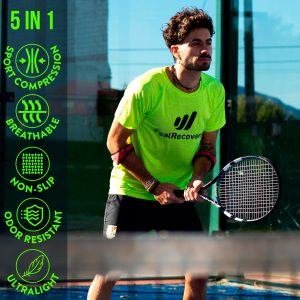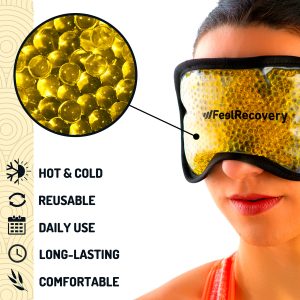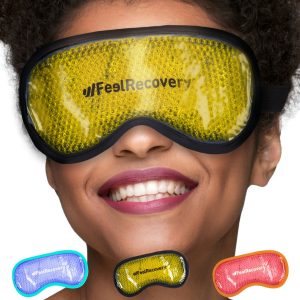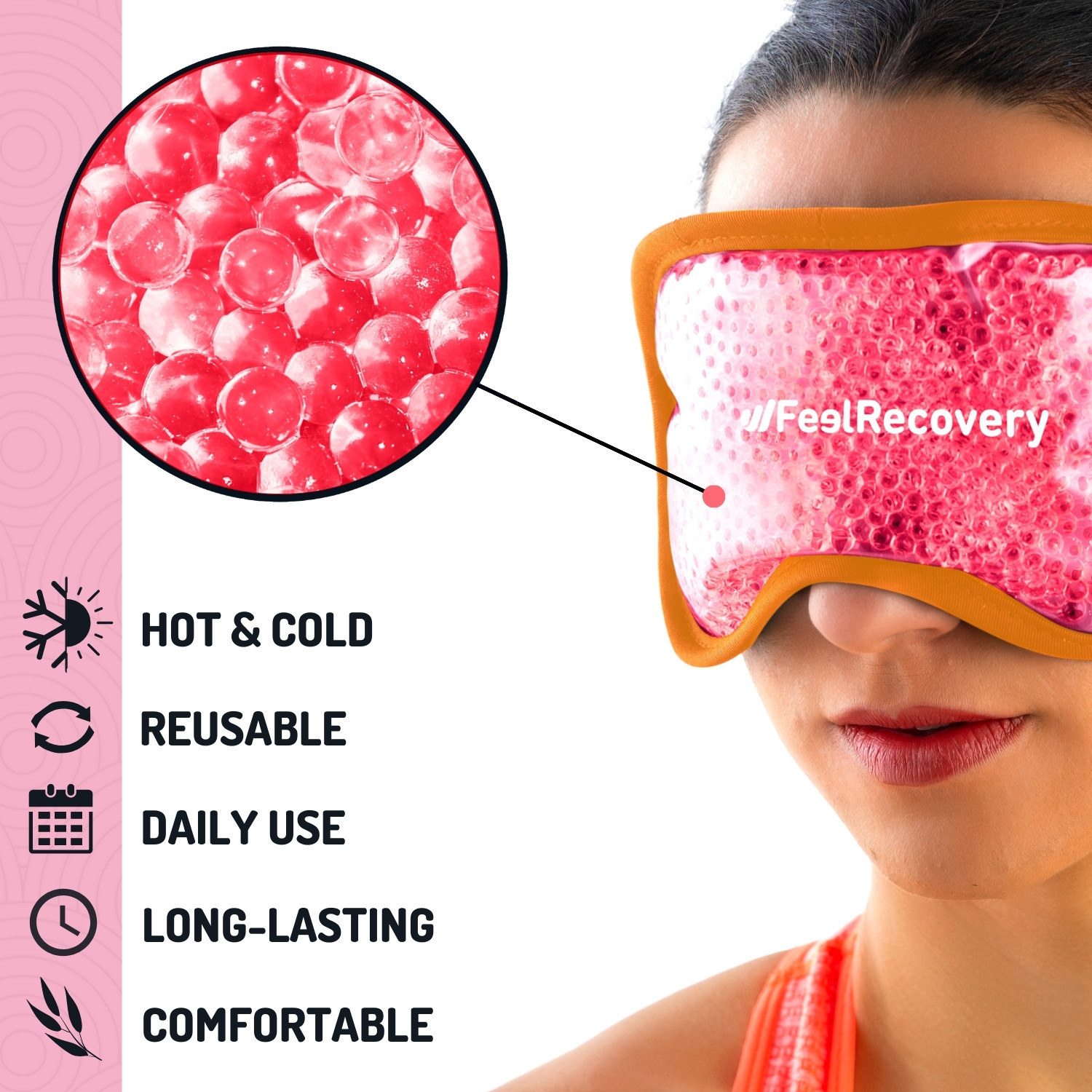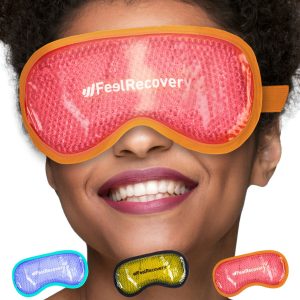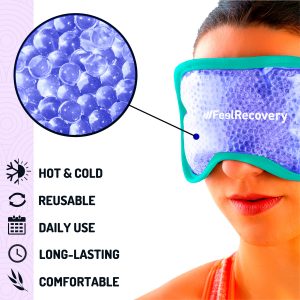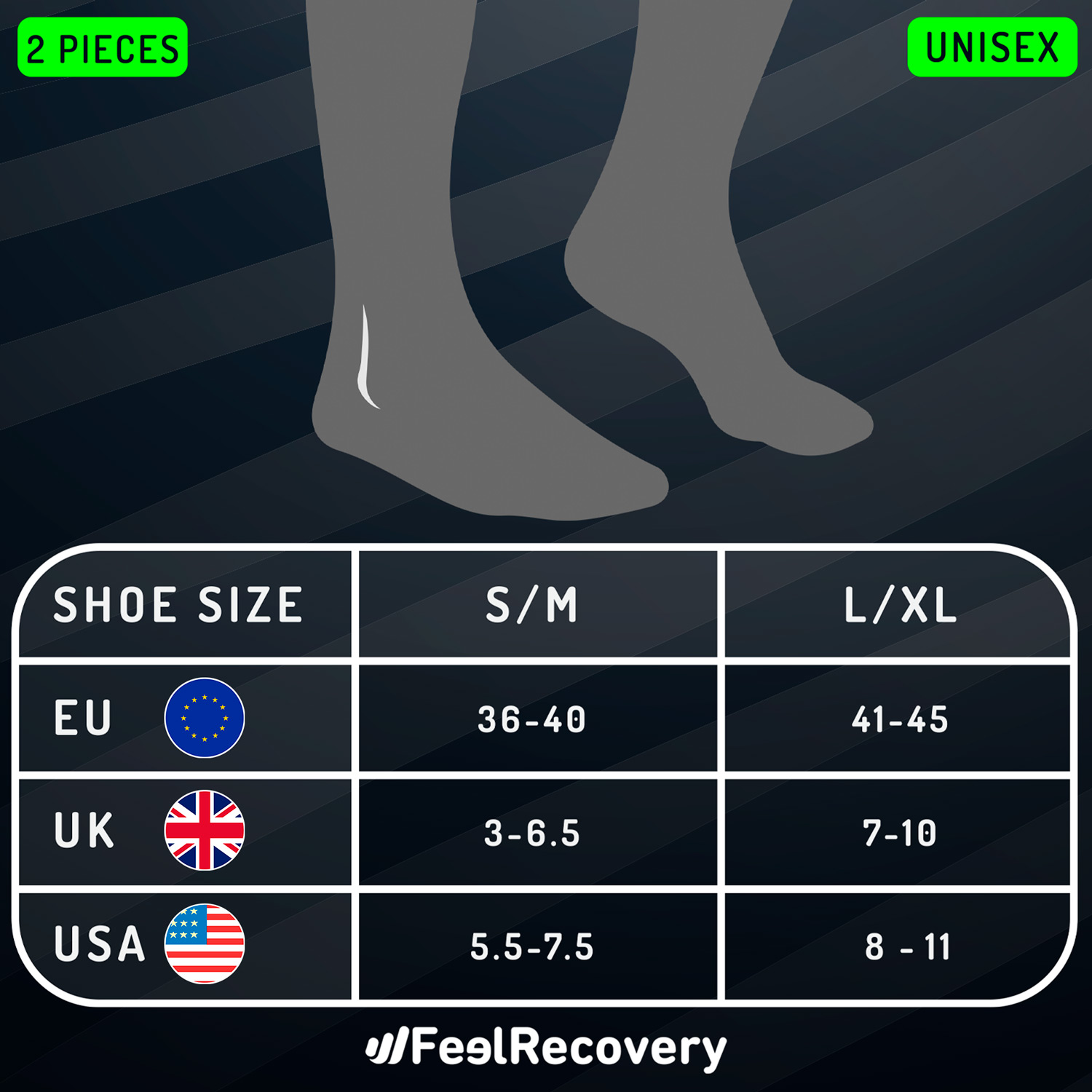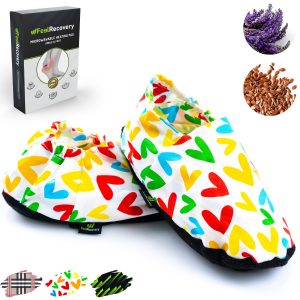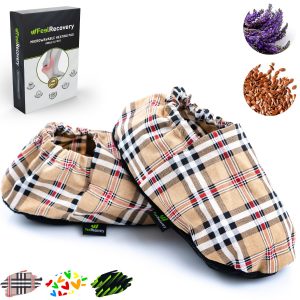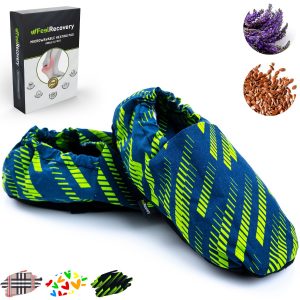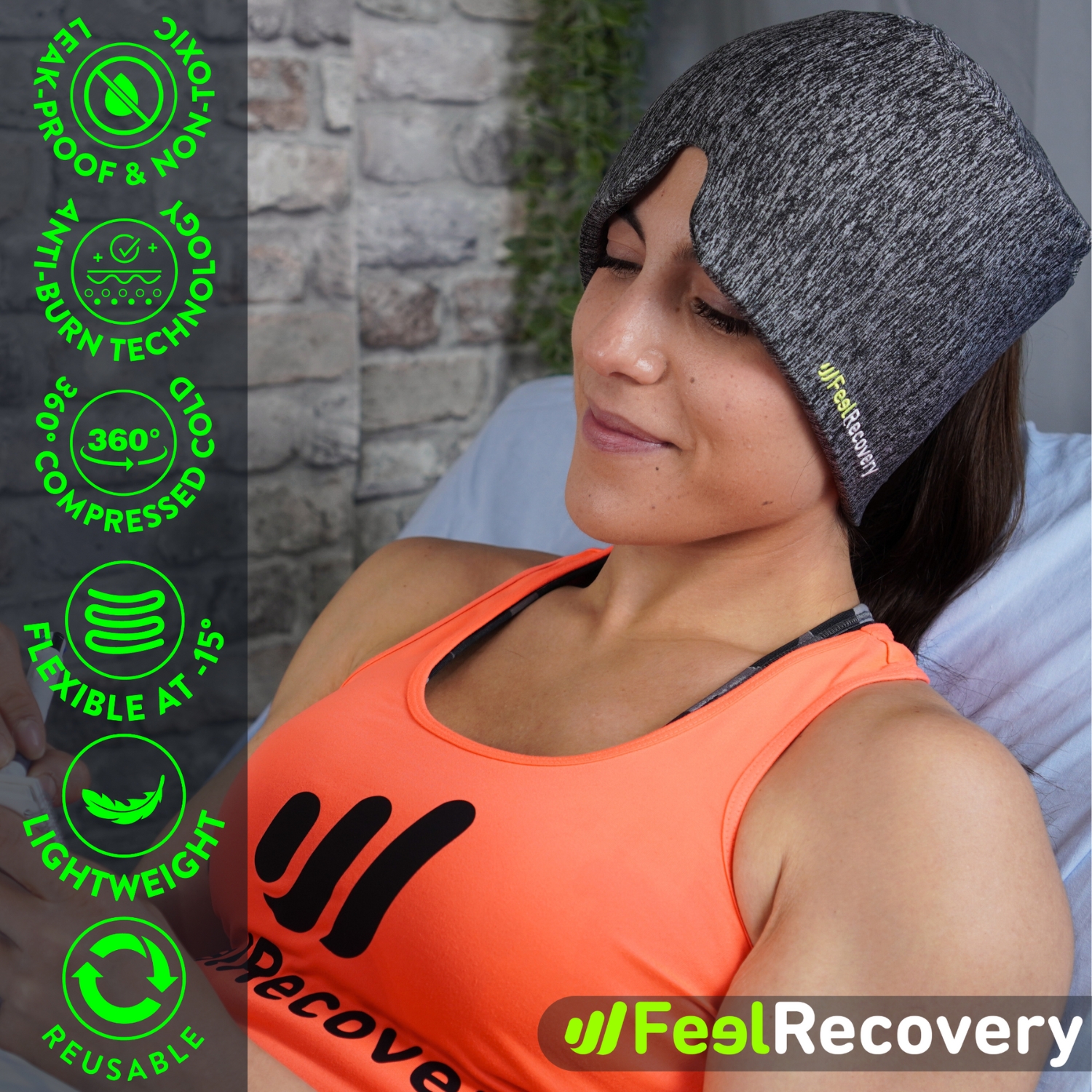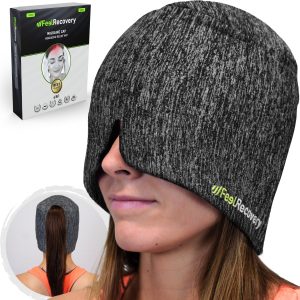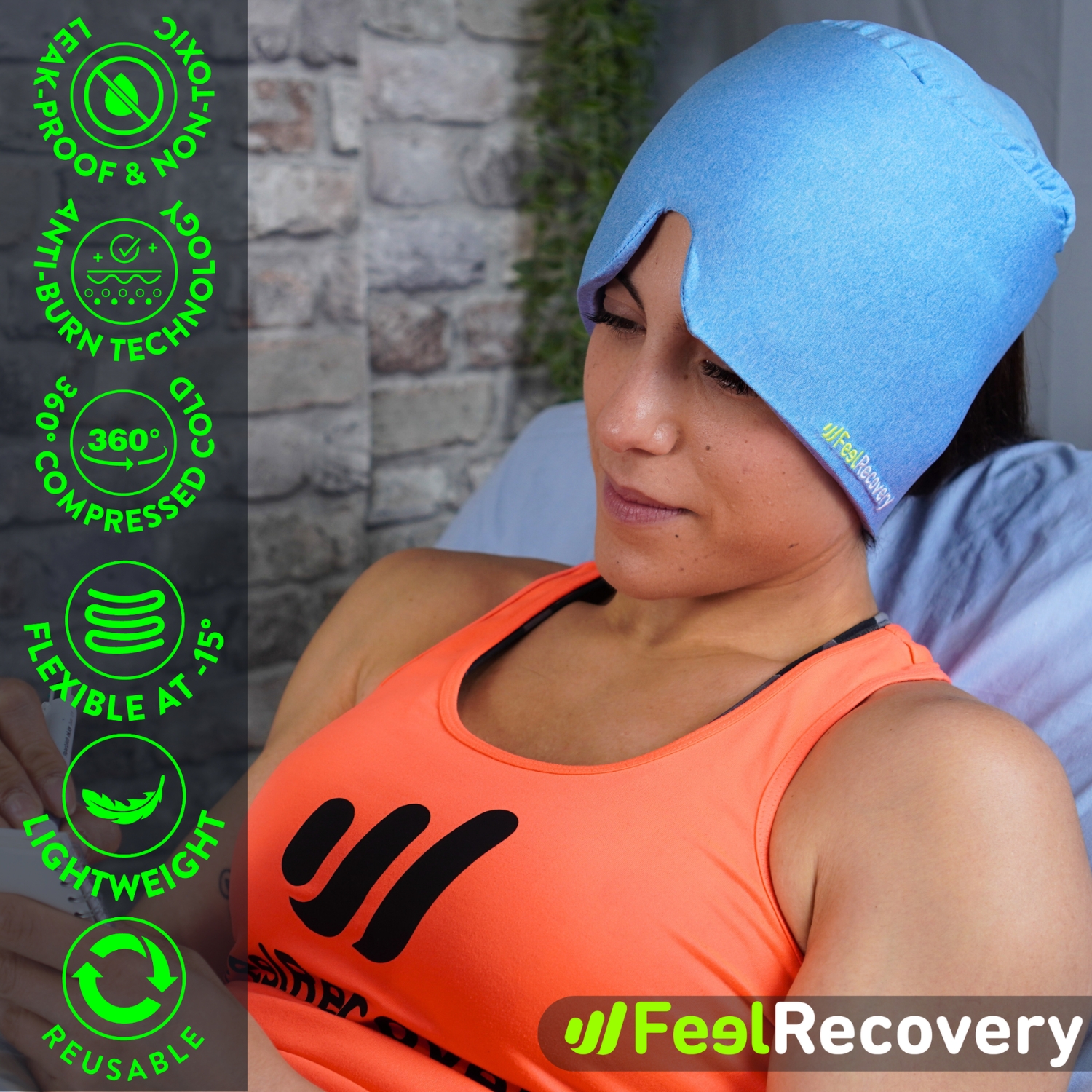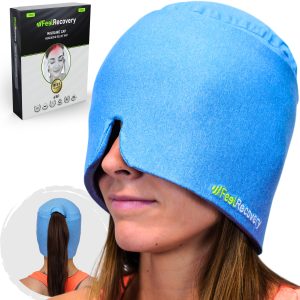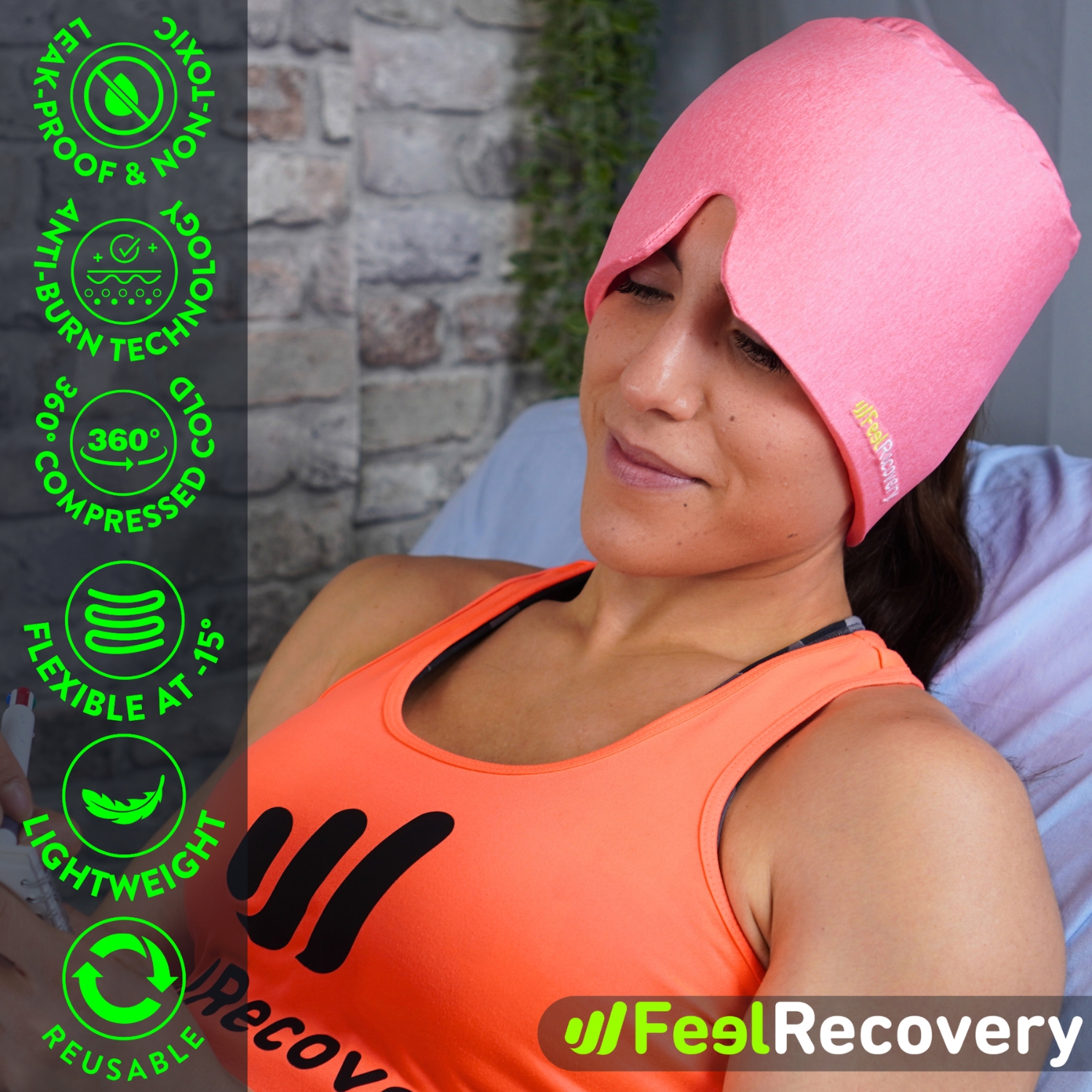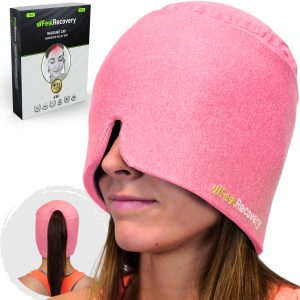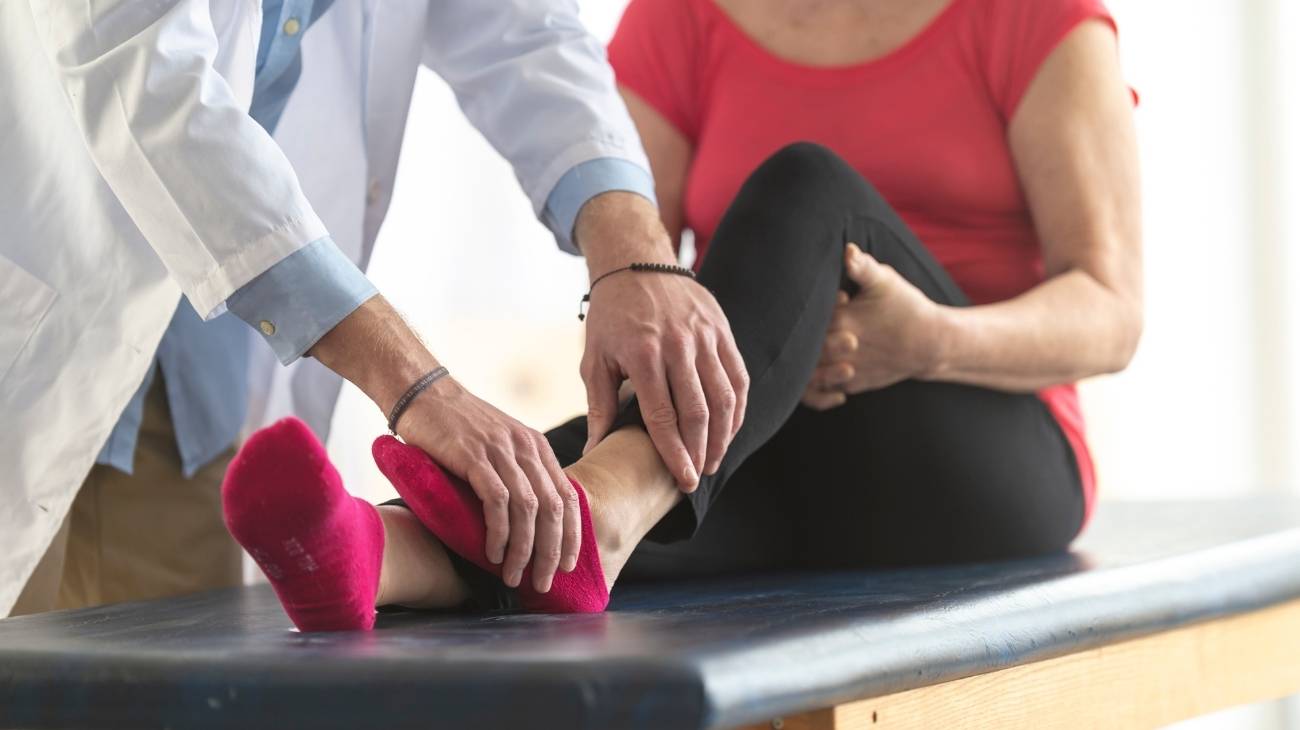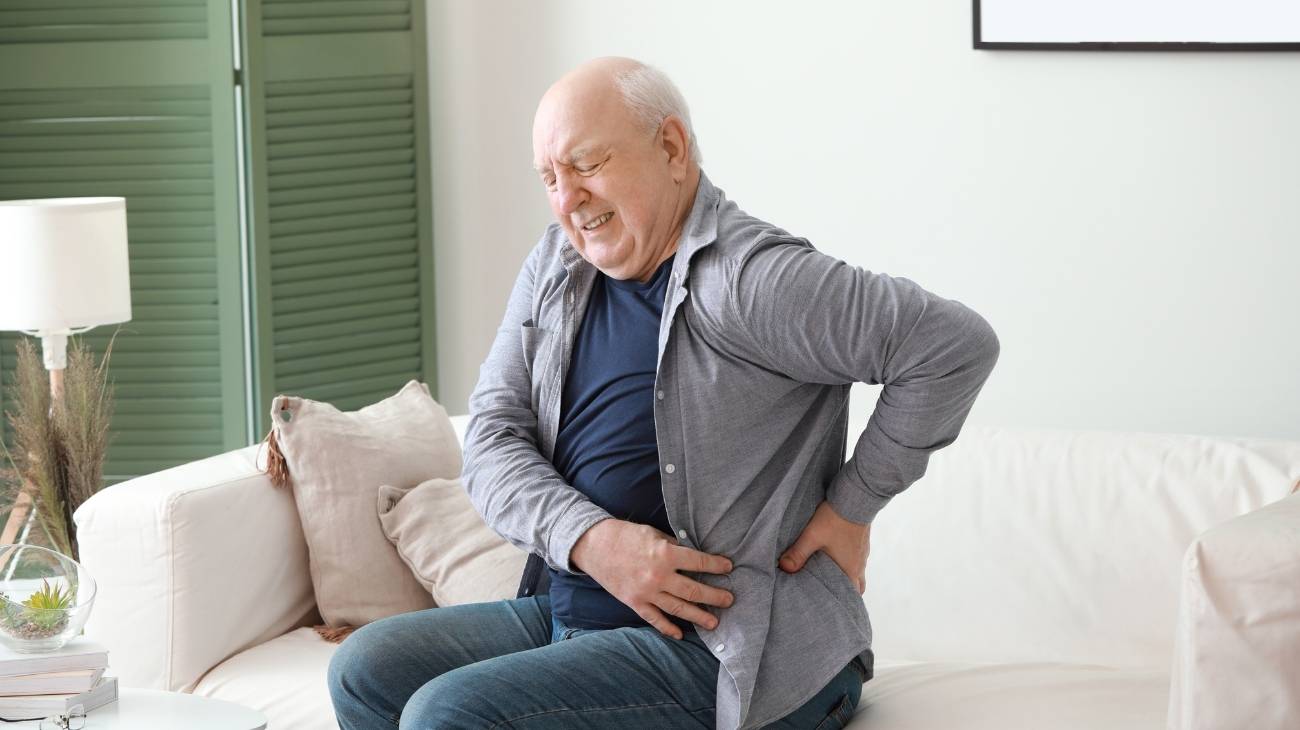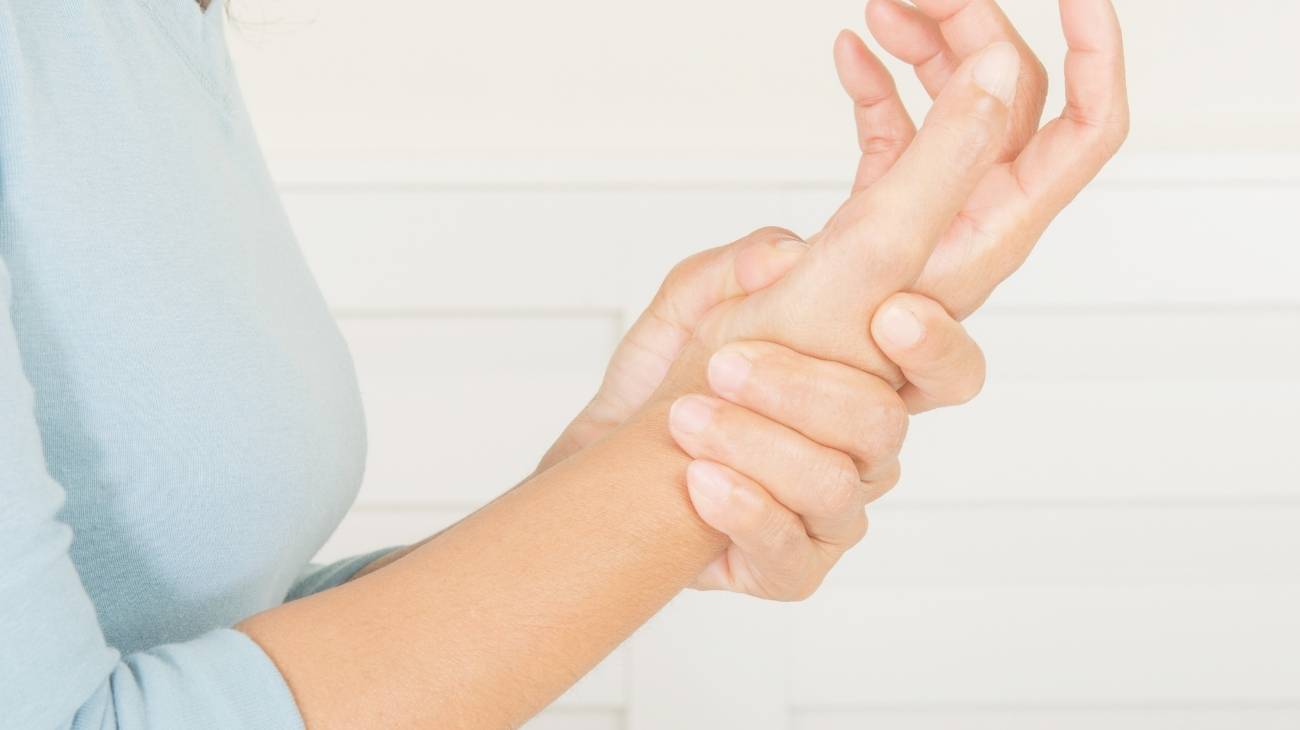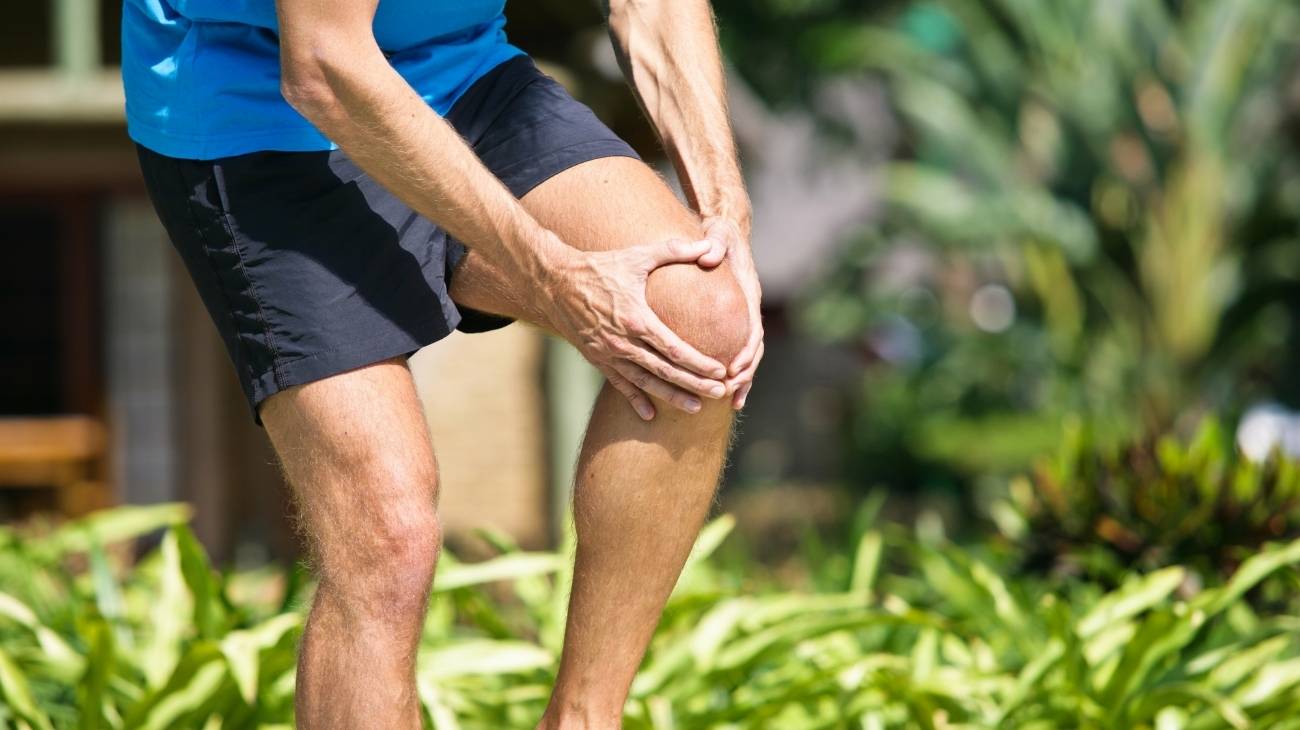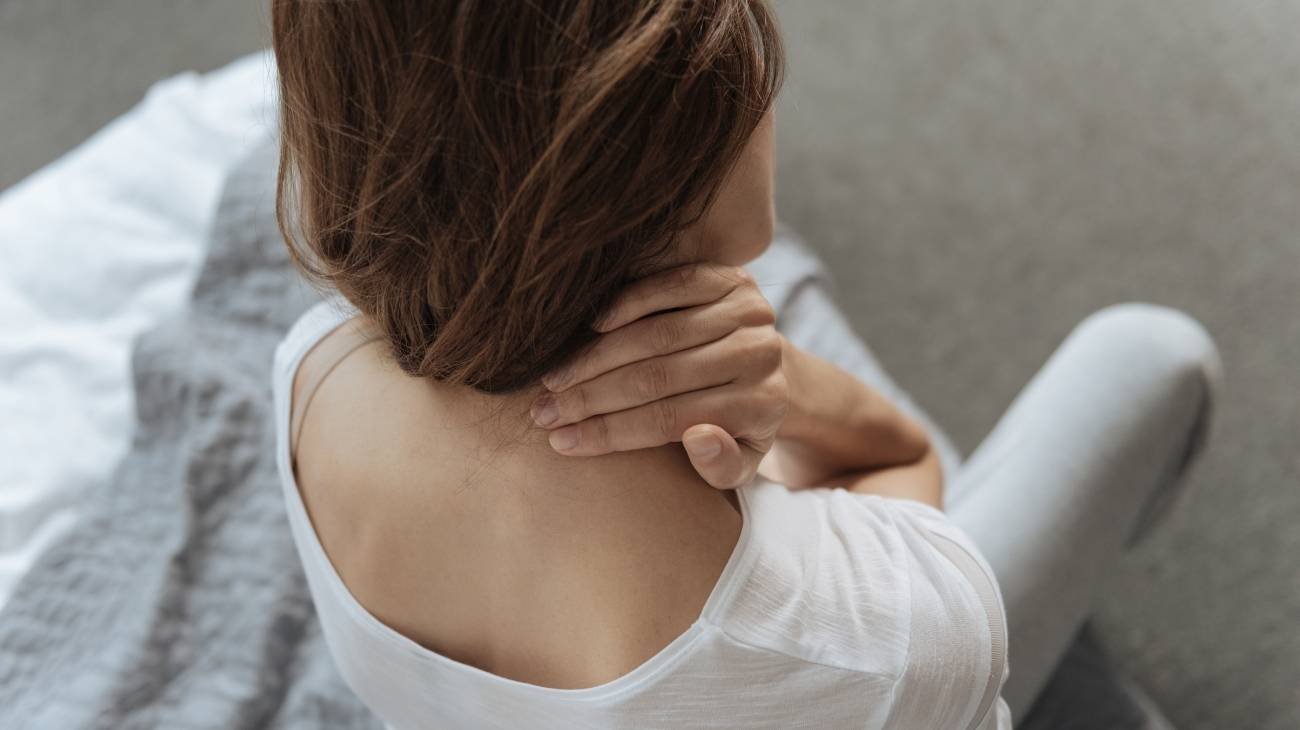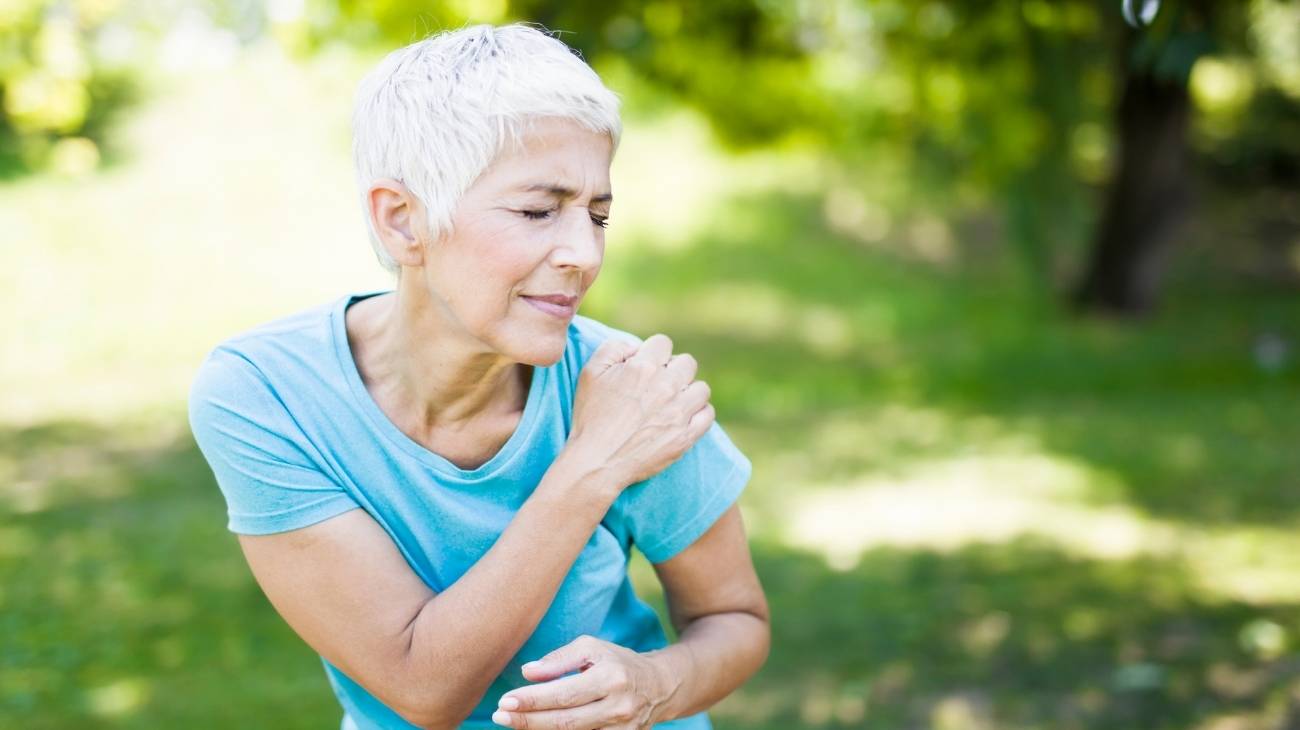Arthritis is a chronic condition that affects the joints, causing pain, stiffness, and inflammation. Millions of people worldwide struggle with arthritis pain, which can impact mobility and overall quality of life. Managing this condition effectively often requires a combination of therapeutic products and lifestyle changes.
Compression sleeves are a versatile option for managing arthritis pain. They provide consistent pressure to the affected joints, reducing swelling and promoting better circulation. Whether for knees, elbows, or hands, these sleeves offer targeted relief and are comfortable for daily use.
Hot and cold therapy packs are another essential tool in arthritis management. Cold therapy helps to reduce inflammation and numb acute pain, while heat therapy soothes stiff joints and relaxes tense muscles. Alternating between these therapies can be particularly effective for managing flare-ups and chronic discomfort.
Ergonomic support braces provide stability to vulnerable joints, such as wrists, knees, and ankles. These braces are designed to relieve pressure on the joints while allowing for natural movement, making them ideal for both active and resting periods. They are especially beneficial for individuals with severe arthritis or those recovering from joint-related injuries.
For individuals seeking advanced pain relief, TENS (Transcutaneous Electrical Nerve Stimulation) devices offer a non-invasive solution. These devices use gentle electrical impulses to block pain signals and stimulate the body’s natural healing processes, making them a valuable addition to arthritis pain management strategies.
Massage tools, such as handheld rollers and vibrating devices, can also be effective in reducing stiffness and improving joint flexibility. By increasing blood flow to the affected areas, these tools help to alleviate discomfort and improve joint function.
In addition to therapeutic products, incorporating stretching and strengthening exercises into your routine is essential. Gentle stretches and low-impact activities, such as yoga or swimming, can improve joint mobility and reduce pain over time. Combining these exercises with supportive products creates a comprehensive approach to arthritis management.
Finally, choosing ergonomic footwear and using orthotic insoles can help reduce strain on the lower body joints. Properly designed shoes and insoles distribute pressure evenly, improving comfort and preventing additional joint stress, especially for those with arthritis in the knees, hips, or ankles.
With the right products and practices, managing arthritis pain becomes more achievable, enabling individuals to maintain an active and fulfilling lifestyle.
FAQ: Frequently Asked Questions
What are the most effective products for arthritis pain relief?
Compression sleeves, hot and cold therapy packs, ergonomic support braces, and TENS devices are among the most effective products for relieving arthritis pain and managing symptoms.
How does heat and cold therapy help with arthritis?
Cold therapy reduces inflammation and numbs acute pain, while heat therapy relaxes stiff joints and improves blood flow, providing comprehensive relief for arthritis symptoms.
Are compression sleeves suitable for daily use?
Yes, compression sleeves are designed for daily wear. They reduce swelling, improve circulation, and provide support to affected joints, making them ideal for managing arthritis pain throughout the day.
What exercises can help alleviate arthritis symptoms?
Low-impact exercises like swimming, yoga, and stretching are excellent for improving joint mobility and reducing stiffness caused by arthritis.
Can TENS devices effectively manage arthritis pain?
Yes, TENS devices are highly effective. They use electrical impulses to block pain signals and promote natural healing, offering non-invasive relief for arthritis pain.

